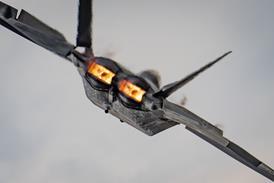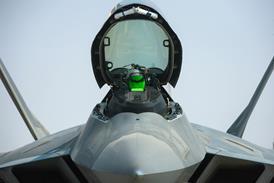The same technology that vibrates cell phones and is used to counter vibrations locally in helicopter cabins could soon be used to better attenuate the shaking motion at the rotor hub, saving weight and decreasing drag in the process.
Sikorsky plans to flight-test a low-profile hub-mounted active vibration suppressor (HMVS) that could replace the passive, tuned pendulum system now used on the S-92.
Both systems are capable of cancelling out about 90% of rotor in-plane vibrations caused by air loads acting on the blades, disturbances that result in 4X per revolution vibrations in the helicopter structure for four-bladed helicopters such as the S-92 and S-76.
 |
|---|
© Sikorsky |
However, by using two eccentric spinning masses housed together and actively controlled both in speed and phase, HMVS builder Lord has produced a system that is 54.4kg (120lb) lighter than the bifilar system and has a lower drag profile than the passive device, which is mounted just above the blade attach points on the S-92. The system mounts to the same attach points as the current attenuator. In combination with the weight savings, the reduced cross-section of the HMVS will yield "significant increases in the maximum range and payload capability of modern helicopters," says North Carolina-based Lord.
Ground testing at Sikorsky's bifilar test facility proved that active design achieved the same attenuation performance as the passive bifilar design in handling steady and varying loads and speeds. Failure modes were also tested on the HMVS, including the simulated seizing of one of the two motors that drive the eccentric masses.
In that scenario, the HMVS would revert to single motor control, which would result in 50% vibration reduction in cruise, but would actually increase vibration in hover, requiring shutdown of the system for hover and landing.
Source: Flight International























